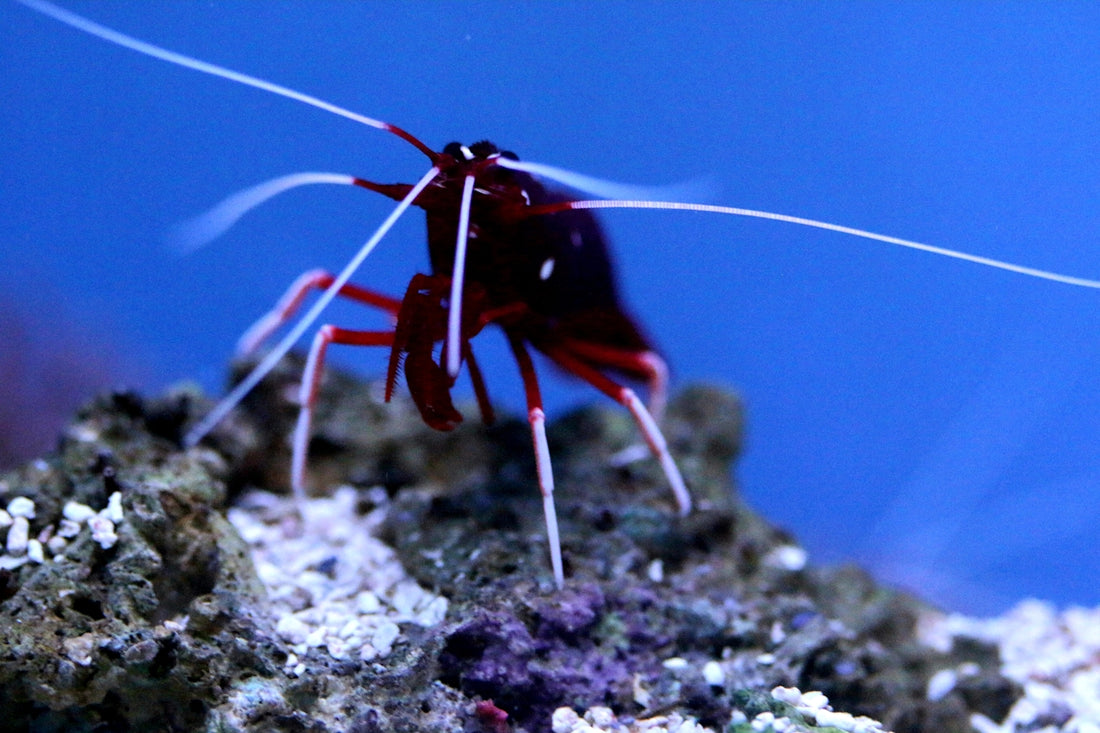
Master the Art of Caridina Shrimp Breeding in Small Tanks
Share
Breeding Caridina Shrimp can be a fascinating and rewarding hobby, especially when done in small tanks. These vibrant freshwater creatures require a bit of care and attention to thrive, but with the right setup and a little patience, you can create a flourishing habitat.
Choosing the Right Caridina Shrimp
When starting out, selecting high-quality shrimp is crucial. Consider opting for K14 Shrimp – High-Grade Live Freshwater Shrimp or Deep Blue Bolt Shrimp – High-Grade Live Freshwater Shrimp. These varieties are known for their striking colors and high-grade quality, making them excellent choices for breeding projects.
Setting Up the Perfect Environment
Caridina Shrimp are sensitive to their surroundings, so it’s important to replicate their natural habitat as closely as possible, even in a small tank setting. Here are some steps to get you started:
- Tank Size and Substrate: A 10-gallon tank can work well. Make sure to use a substrate that complements the Caridina’s natural environment. A dark-colored substrate often helps them feel secure and can enhance their vibrant colors.
- Water Parameters: Maintain a pH level between 5.5 and 6.8 and a water temperature of 68°F to 74°F. Use reverse osmosis (RO) water and a mineralizing solution to ensure the right hardness and mineral content.
- Filtration and Aeration: Use gentle filtration to prevent stressing the shrimp. A sponge filter is an excellent choice as it poses no risk to the shrimp and maintains adequate aeration.
- Plants and Decorations: Live plants such as Java Moss or Subwassertang provide excellent grazing surfaces and help maintain water quality. You can also consider adding leaf litter or small, smooth stones for hiding spots.
Breeding Tips for Success
Once your tank is established, breeding Caridina Shrimp becomes much more feasible. Here are some tips to improve your chances for successful breeding:
- Feeding: Provide high-quality shrimp food along with occasional treats like blanched vegetables or algae wafers to ensure a balanced diet.
- Maintaining Water Quality: Regularly monitor water parameters and perform partial water changes to keep conditions stable.
- Patience and Observation: Breeding might not happen overnight. Keep a close eye on your shrimp for signs of successful mating, such as the presence of eggs under the female's abdomen.
To learn more about various types of Caridina Shrimp, check out the Freshwater Shrimp Collection and explore a wide range of options to expand your shrimp-keeping experience.
For more information about Caridina Shrimp and to explore enriching products, visit the LaFAquatic website. Dive into the world of aquatic life and start your journey as a successful Caridina Shrimp breeder today!